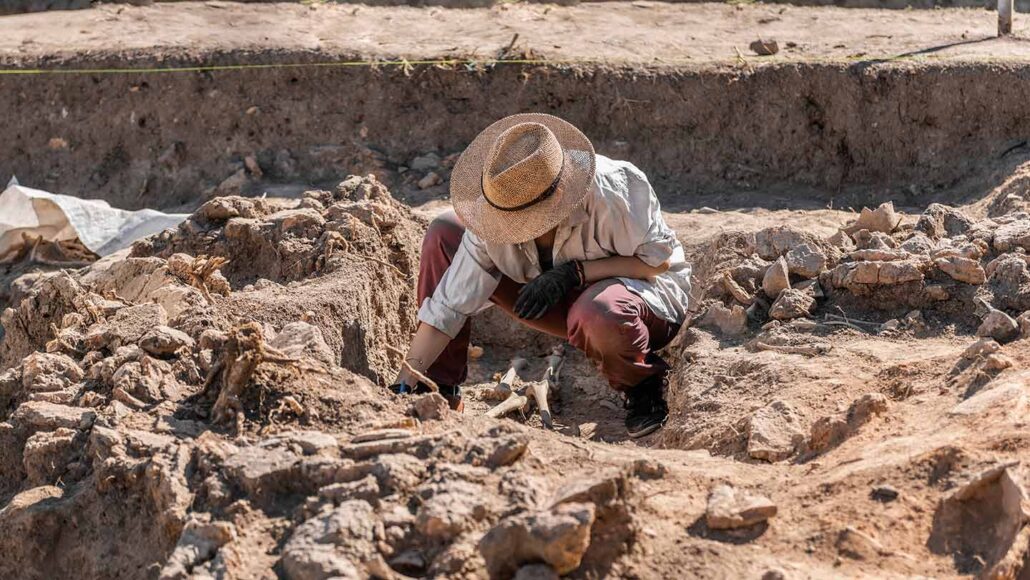Questions for “The ultimate genealogical search hunts for our earliest ancestors”

Some of our ancestors may have been roaming the planet up to 7 million years ago. Paleoanthropologists have been patiently excavating fossils of those ancient cousins and are attempting to piece together where on the human family tree we all reside.
MICROGEN IMAGES/SCIENCE PHOTO LIBRARY/Getty Images Plus